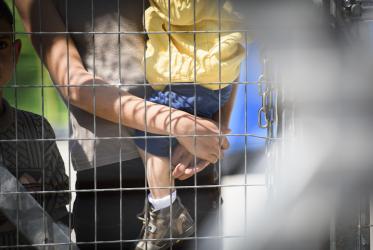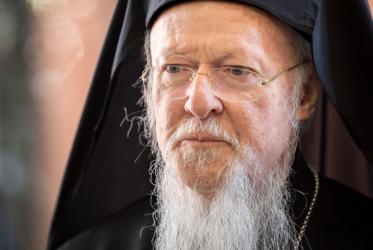Evangelical Lutheran Church of Iceland
Iceland's Christian beginnings are traced back to the year 1000 when the Althingi - the parliament - voted for the acceptance of Christianity. Missionary work by Irish monks had prepared the ground. Highlights of the ensuing ten centuries include the establishment of two dioceses, in the South and the North, and the founding of monasteries which became centres of culture. In 1380 Iceland came under the Danish crown. Some violence and a measure of Danish pressure accompanied the Althingi's adoption in 1541 of the Lutheran Church order. An Icelandic translation of the New Testament in 1540 was a landmark, followed by the first Icelandic Bible printed in 1584, which had a profound influence on Icelandic language and culture. In a sparsely populated country, family devotions were important. As a result of the early pietistic movement, literacy was widespread in the country from the 18th century onward. Hymns of the passion of Christ have commonly been read aloud during Lent in homes and are still recited on the state radio during Lent. During the 19th century, the effects of rationalism were widely felt. Religious currents like spiritism, theosophy and liberal theology gained ground. An active lay movement was founded around 1900, influenced by inner mission and pietistic movements in Denmark.
The constitution of 1874 introduced religious freedom but stated that the Evangelical Lutheran Church is a national, established church, which it still is today. In 1998 a new law came into effect defining the Evangelical Lutheran Church in Iceland as a free and independent church, and transferring the responsibility for most of the decisions from the parliament to the annual church assembly. At present 90 percent of the population are Lutherans, of which 85 percent belong to the ELCI, and 5 percent to Lutheran free congregations. The state collects membership fees for all registered religious bodies. Through a church-state agreement the state also contributes to central church funds and pastors' salaries, as compensation for church lands. Since 1801, the entire island has been a single diocese with the bishop residing in Reykjavik. Presently there are two suffragan bishops in the old episcopal sees. Bishops are elected by pastors, professors of theology in the University of Iceland, and lay people from the deaneries. The church assembly, with a lay majority, is the highest legislative body and elects the church council, the church's highest executive organ, presided by the bishop.
A third of the pastors in the ELCI are women and the number of theological students has increased, creating a surplus of qualified theologians. Icelandic pastors are increasingly going abroad for further studies, mostly to Europe and the USA. The ordained deaconate was introduced in the 1960s and since the 1990s deacons receive their education at the theological department of the University of Iceland. Ten pastors and some deacons work in specialized ministries in hospitals and other institutions. The church also has chaplains serving Icelandic congregations abroad. Immigration and urbanization have brought new challenges to the church. The ELCI provides service to all, regardless of church membership, throughout the country. The need for service in the capital is constantly increasing, calling for structural changes, but at the same time the presence of the church is important to rural communities. The ELCI is now focusing especially on the home and family, in support to parents, and on diakonia.
The ELCI cooperates with eight other churches and societies in local ecumenical affairs. For fifty years Icelanders have conducted missionary work in Ethiopia and Kenya. Icelandic Church Aid is active in emergency and development projects on other continents. The ELCI participates in the work of the CPCE but has not signed the Leuenberg Agreement.



